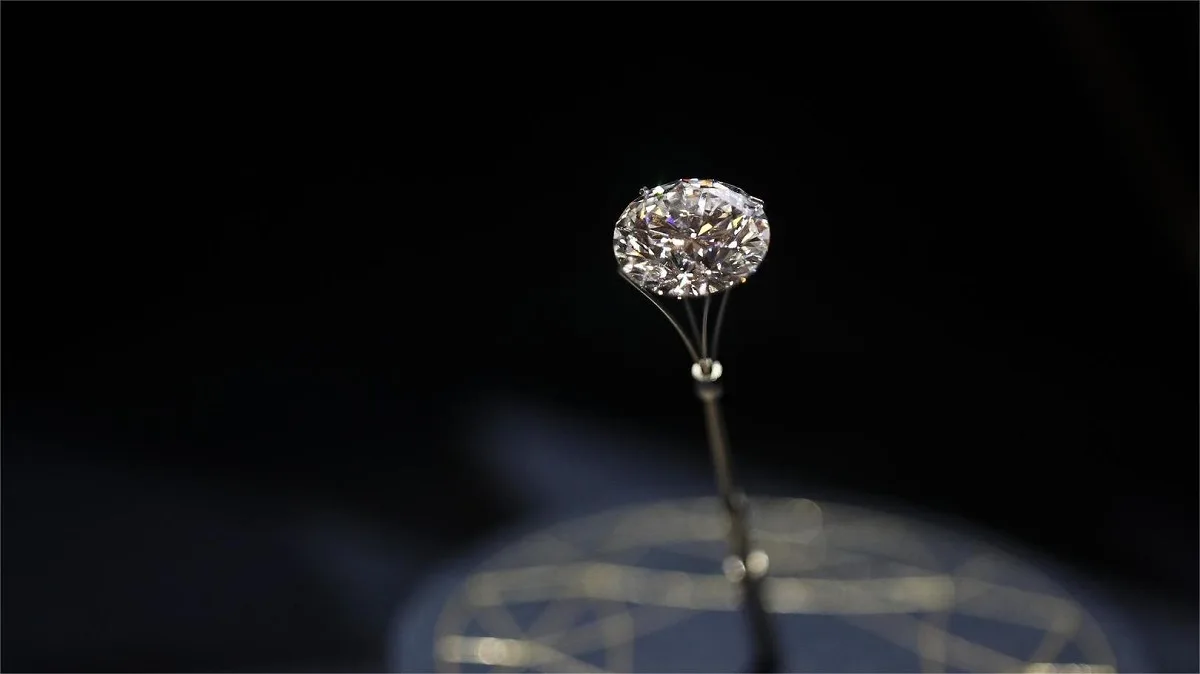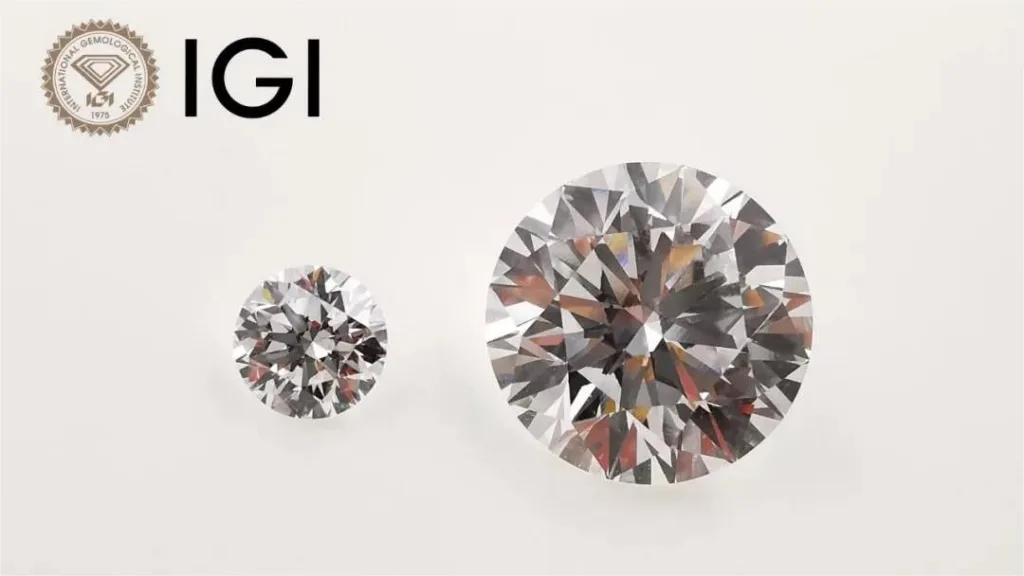The prospect of lab-grown diamonds replacing mined diamonds is a topic of interest in both the jewelry industry and the broader diamond market. To understand the potential for lab-grown diamonds to replace mined diamonds, it’s essential to consider various factors, including technology, economics, consumer preferences, and ethical concerns. Let’s explore these aspects in detail:
Lab-Grown Diamond Technology:
Lab-grown diamonds, also known as synthetic or cultured diamonds, are created through two primary methods: Chemical Vapor Deposition (CVD) and High Pressure High Temperature (HPHT).
Advances in technology have made it possible to produce high-quality lab-grown diamonds that are visually indistinguishable from natural diamonds, even to trained gemologists.
These advancements have contributed to the growth of the lab-grown diamond industry.
Economics:
Lab-grown diamonds can be produced more cost-effectively than mined diamonds in some cases. The production process is highly controlled and efficient, potentially reducing costs.
As technology improves and production scales up, the cost of lab-grown diamonds may decrease further, making them more competitive with mined diamonds.
Consumer Preferences:
Consumer attitudes toward lab-grown diamonds are evolving. Some consumers prefer lab-grown diamonds because they perceive them as more ethical and environmentally friendly.
However, traditionalists and those who value the rarity and uniqueness of natural diamonds may continue to prefer mined diamonds.
Ethical and Environmental Concerns:
Mined diamonds have faced ethical issues related to “blood” or “conflict” diamonds, which are associated with human rights abuses in certain regions.
Lab-grown diamonds are often viewed as a more ethical and sustainable alternative because they don’t involve these concerns and generally have a lower carbon footprint.
Market Growth:
The lab-grown diamond market has been growing steadily, and several established jewelry brands have started incorporating lab-grown diamonds into their collections.
Market trends suggest that lab-grown diamonds are becoming increasingly mainstream.
Regulations and Certification:
Industry organizations and standards bodies have developed guidelines and certifications for lab-grown diamonds to ensure transparency and consumer confidence.
Efforts are being made to clearly differentiate between lab-grown and mined diamonds, addressing concerns about misrepresentation.
Complementary Roles:
It’s possible that lab-grown and mined diamonds may coexist in the market, with each serving different niches. Mined diamonds could continue to represent tradition and luxury, while lab-grown diamonds may cater to those seeking ethical and affordable options.
Marketing and Education:
Consumer education will play a crucial role in shaping the market. Consumers need to understand the differences between lab-grown and mined diamonds to make informed choices.
In conclusion, while lab-grown diamonds have made significant inroads into the diamond market and offer a more ethical and potentially cost-effective alternative, it’s unlikely that they will completely replace mined diamonds in the near future. The market may see a balance where both types of diamonds coexist, each appealing to different segments of consumers based on their preferences and values. The evolution of this dynamic will depend on technological advancements, consumer sentiment, and industry practices.




